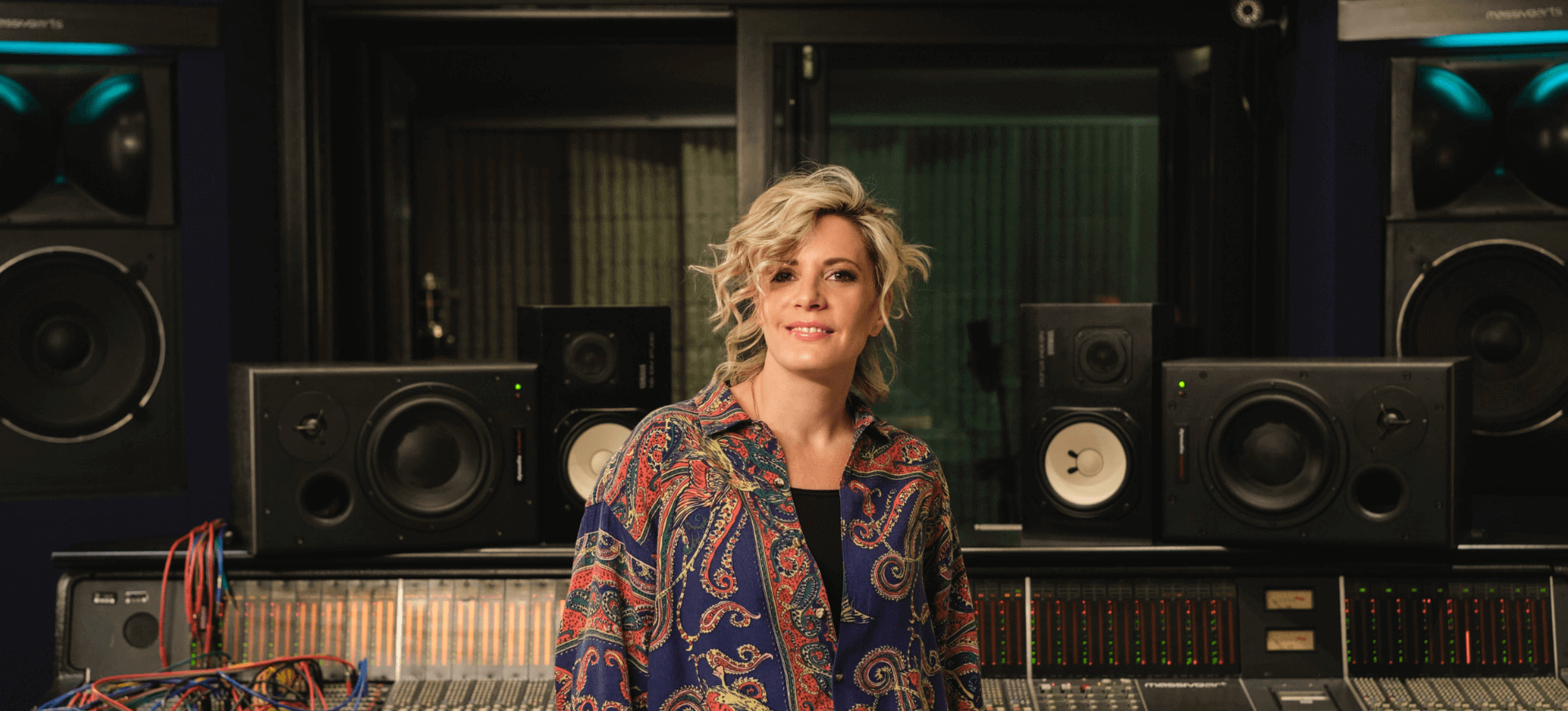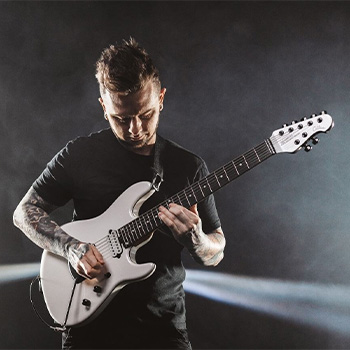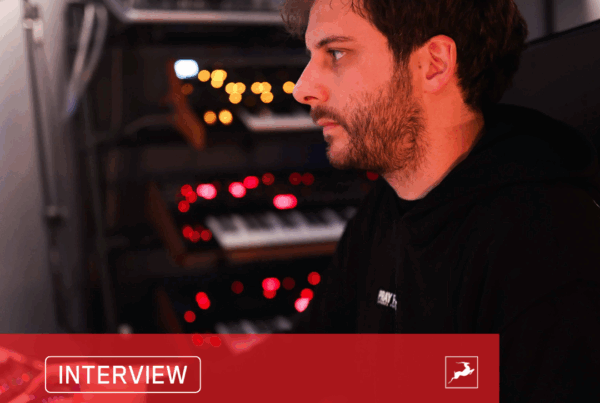From Milan to Shanghai, Chiara Luzzana has redefined the boundaries of sound by transforming everyday sounds into immersive sonic identities. As a composer, sound designer, and author of Tutto è Suono, she has collaborated with brands such as Swatch, Maserati, and Diesel, shaping their auditory presence. In this exclusive interview, Chiara reveals her creative process, the psychology of sound, and how Antelope Audio’s interfaces enable her to capture the world’s hidden melodies.
Chiara, your ability to turn everyday sounds into music is remarkable. When did you first realize noise could become music, and how has that shaped your career over the past decade?
My journey began at five, during my parents’ divorce. I found solace in creating sounds from household objects, making the entire house “play music.” This experience shaped how I perceive sound, allowing me to “live by ear” and mentally craft melodies from my surroundings. After years as a producer for well-known bands, I decided to focus on sound experimentation, leaving traditional production behind. This led to the creation of unique sound identities for brands and building a studio that has designed soundscapes for global leaders for over 15 years. Life itself feels like a symphony, with the world providing its instruments. Through public speaking and my book Tutto è Suono, I’ve shared how this sonic approach can transform brand identities.
You’ve worked with some of the biggest global brands to create unique sound identities. How do you begin translating a brand into sound?
It started as a personal challenge—I’d tell brands their identity deserved a unique sonic voice, not generic tunes. This determination led to collaborations with Swatch, Maserati, Diesel, and many others, reshaping how creative agencies perceive sound branding. By crafting authentic auditory identities, I ensure the sound reflects the essence of each brand, moving beyond pre-existing music.
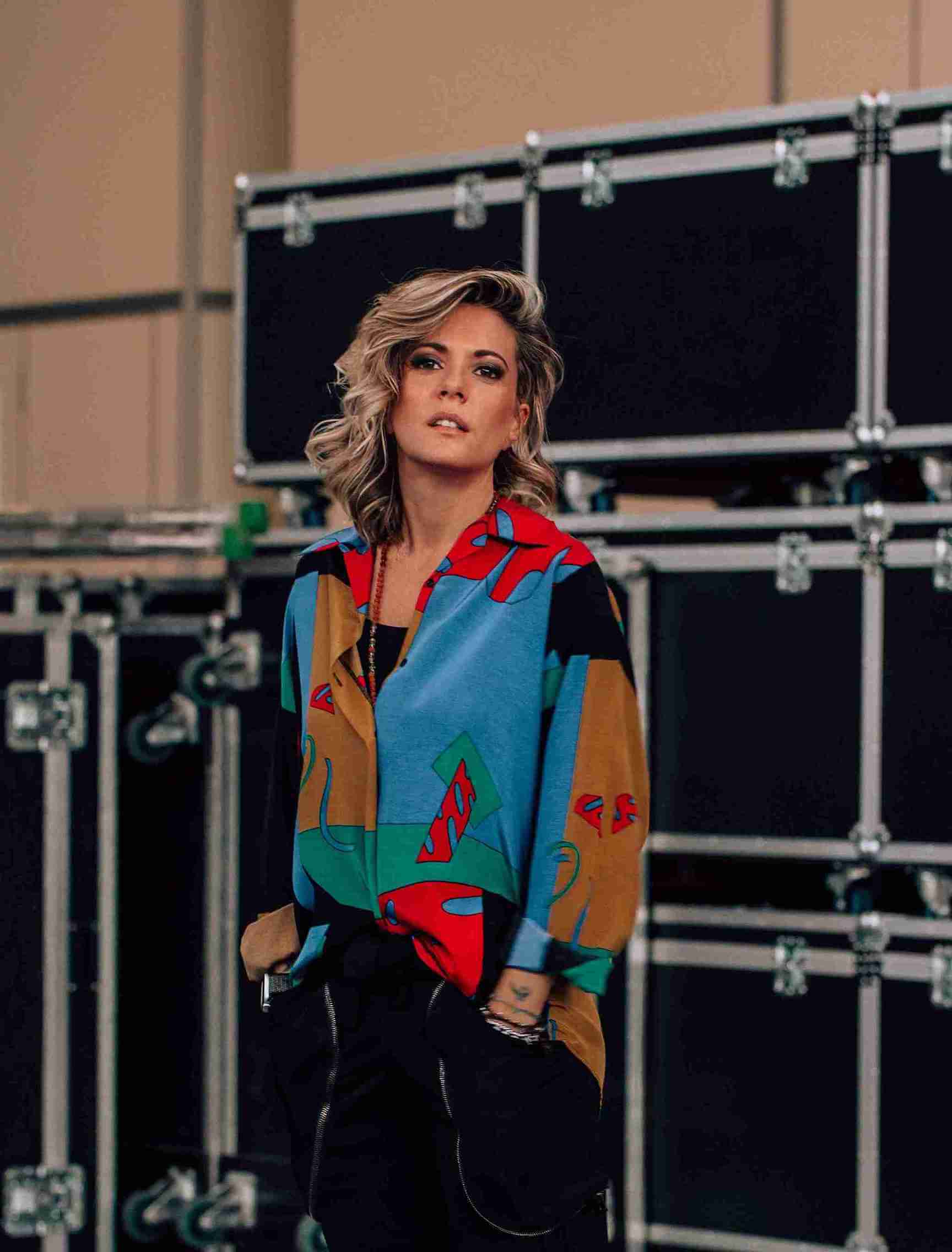
You’ve worked in diverse environments, from Milan to Shanghai. How do these contrasting atmospheres influence your creative process for soundtracks?
Having studios in Milan and Shanghai enriches my creativity. Shanghai, with its vibrant culture and experimental energy, constantly pushes me to explore new textures and futuristic concepts. Milan offers grounding in the present, connecting me to cultural soundscapes. This duality allows me to create diverse and thought-provoking soundtracks that blend innovation with tradition.
You’ve recently added the Orion Studio to your setup alongside the Zen Tour. What drew you to these interfaces, and how have they influenced your workflow?
I was drawn to the Orion Studio and Zen Tour for their precise audio quality and reliability. These interfaces provide the level of detail I need to capture the intricate nuances of everyday sounds. The Orion Studio, in particular, gives me everything I need to craft complex soundscapes, whether I’m working in the studio or performing live.
Traveling frequently for work, I always bring my Zen Tour with me on intercontinental flights. It’s an essential tool that allows me to work on complex compositions no matter where I am in the world. I’ve often found myself transforming hotel rooms into fully functional recording studios, using the Zen Tour to sample sounds, produce sound branding, and create music for brands from virtually anywhere. This portability and versatility are critical for my workflow, as I can capture, edit, and refine my ideas in real-time, even while on the move.
Your work captures subtle nuances from everyday sounds. How important is the accuracy of your audio interfaces and preamps in preserving those details, especially when turning raw noise into music?
Accuracy is essential when transforming raw noise into music. The subtle details – such as the texture of a footstep or the resonance of a city street, are what bring the soundscape to life. Without precise audio interfaces and preamps, these nuances can be lost, and the raw sound loses its authenticity. After trying nearly every audio interface on the market, I can confidently say that Antelope remains indisputably the most reliable when it comes to delivering pure, faithful sound reproduction.
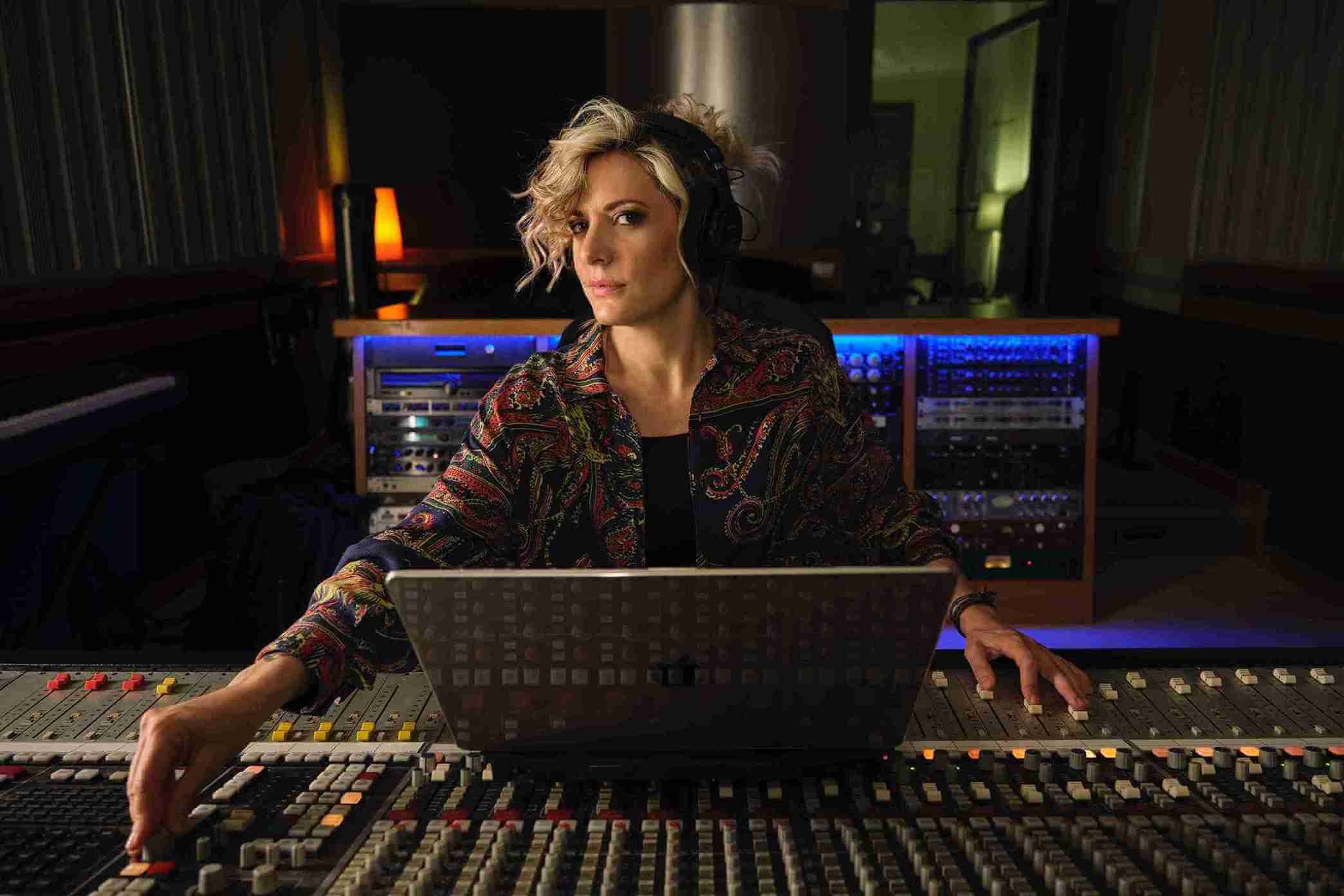
With your background in psychoacoustics, how do Antelope’s low-latency performance and precise clocking help you create immersive experiences in both studio and live settings?
Antelope’s low-latency performance and precise clocking are crucial for creating immersive and seamless sound experiences. I rely on Antelope audio interfaces in all of my live performances, even when the setups are more complex than traditional stereo configurations. Whether it’s for a live event or a multimedia installation, the stability and reliability of Antelope interfaces give me the peace of mind I need to focus entirely on my creativity and the final result.
For live performances, how do the Zen Tour and Orion Studio help you manage the complexity of your soundscapes?
Both the Zen Tour and Orion Studio are essential tools when I’m managing the complexity of my live soundscapes. The Zen Tour’s compact design allows me to have full control over my sound, while the Orion Studio’s expansive connectivity ensures that I can seamlessly integrate multiple elements into my performance. These interfaces give me the flexibility to adapt and create real-time, dynamic sound experiences for audiences, keeping everything under control while still allowing room for creativity.
Additionally, their precise clocking ensures that all elements stay in sync, even when handling multiple sources and complex soundscapes. It allows me to build intricate audio experiences with confidence, knowing that the technical backbone will support the creative vision I’m trying to bring to life.
Socials:
Website – chiaraluzzana.com
Instagram – instagram.com/chiaraluzzana
Discover how Chiara Luzzana transforms everyday sounds into music, from the studio to the world around us. Watch the full video now!


